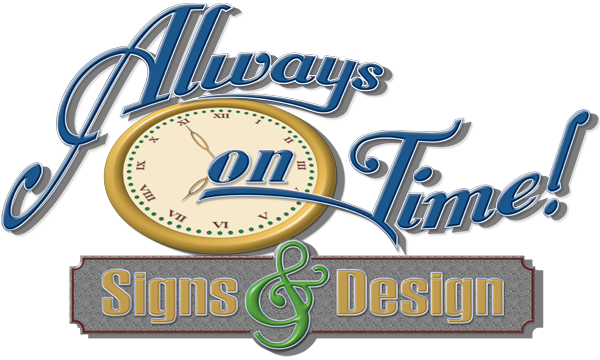You probably go through traffic lights every time you drive without paying much thought to how they operate or what the story behind them is. Sure, you understand what each light means—green is go, red is stop, yellow is caution. When you were a young child you probably even played some variation of a “stoplight” game, running around your house until someone said “red light!”
It’s sensible that we would have a system for “stop,” “go” and “caution.” But where exactly did the color scheme for these traffic control devices in Vermont come from?
The story behind red, yellow and green lights
The history of the traffic control light goes back long before these devices and cars were invented. It got started with train transportation in the first half of the 1800s. Train engineers needed some type of system for knowing when to stop or go, and this led to the creation of the very first lighted traffic system. In the original system, red was still “stop,” but green was “caution” and white was “go.”
This initial color scheme lasted for around 80 years, though the choice of the white light did cause some difficulty. The main issue was that all of the lights were actually white lights put behind colored lenses. This meant that if a lens accidentally fell off, the light would show up as a white light to engineers traveling in that direction, even if it was supposed to be red or green. There are at least several documented incidents of accidents that occurred when a fallen red lens was the cause of a train collision.
Railroad workers knew the system had to change, and the color scheme was converted to red, yellow and green instead, so that an accidental white light would indicate immediately to an engineer that there was an issue with the sign’s operation, rather than signaling to engineers that the way was clear.
Before this change occurred, though, the use of traffic lights started to spread to areas other than just railroads, especially in places where horse and carriage transportation was extremely popular. London adopted a lighting system in the late 1800s. In 1920, the very first four-way, three-color traffic light was invented in Detroit by a police officer, though these lighting systems had to be manually operated by an officer, making them expensive and not particularly efficient.
The very first automated systems were finally put into place by the end of the 1920s, and the technology has continually upgraded to the point it’s at today. There have been significant upgrades to timers and sensors in that time, and the addition of turn lights and flashing lights has also made for safer vehicle operation.
Are you interested in learning more about traffic control devices in Vermont? We encourage you to contact the team at Worksafe Traffic Control Industries. We’ll be happy to tell you more about the history of this interesting technology and how it reached the point we are at today.

